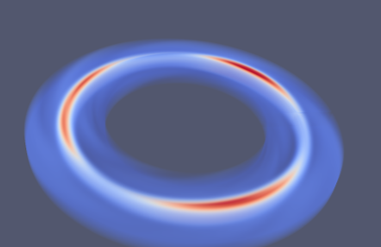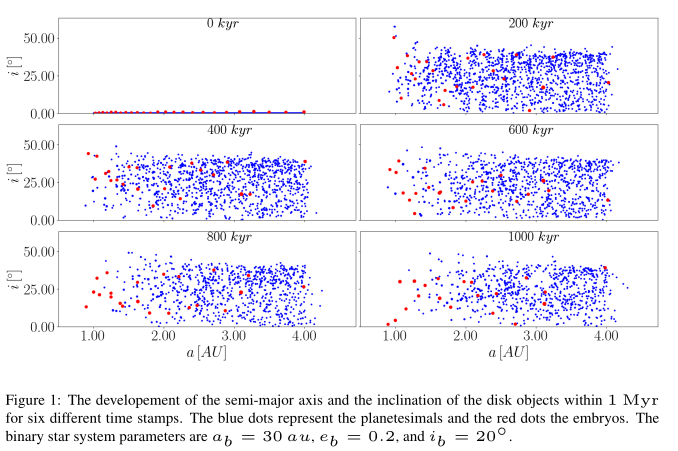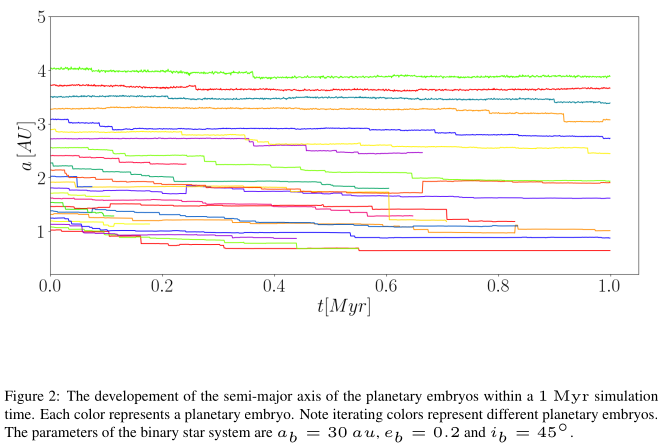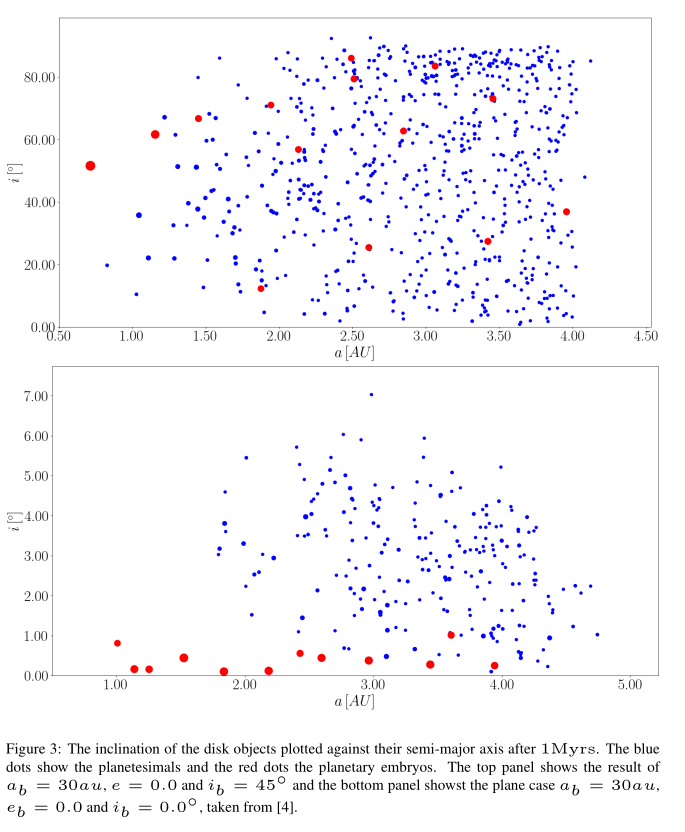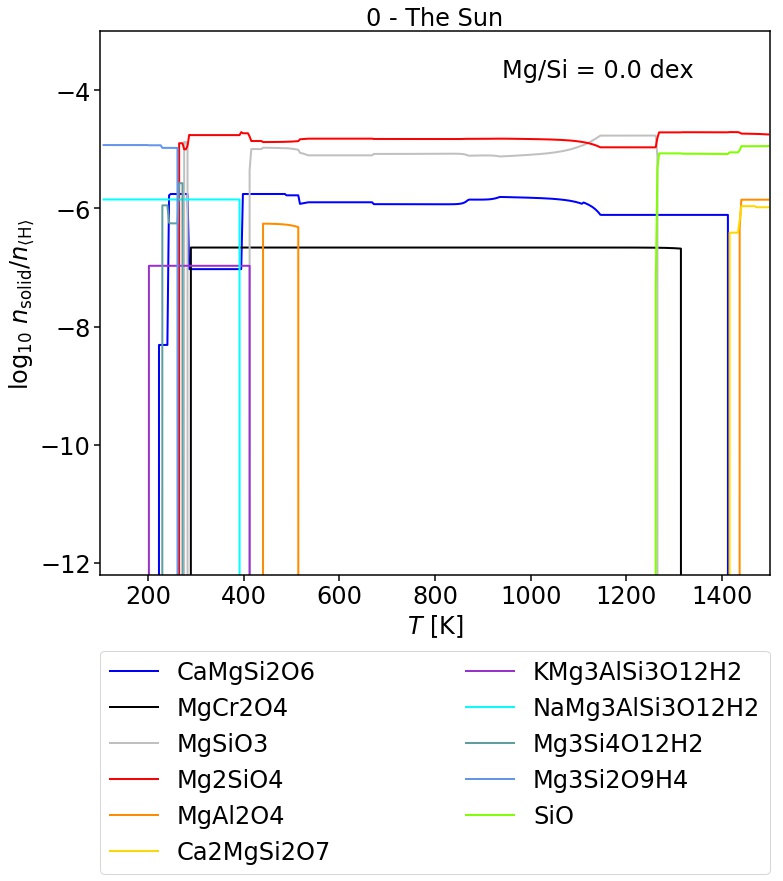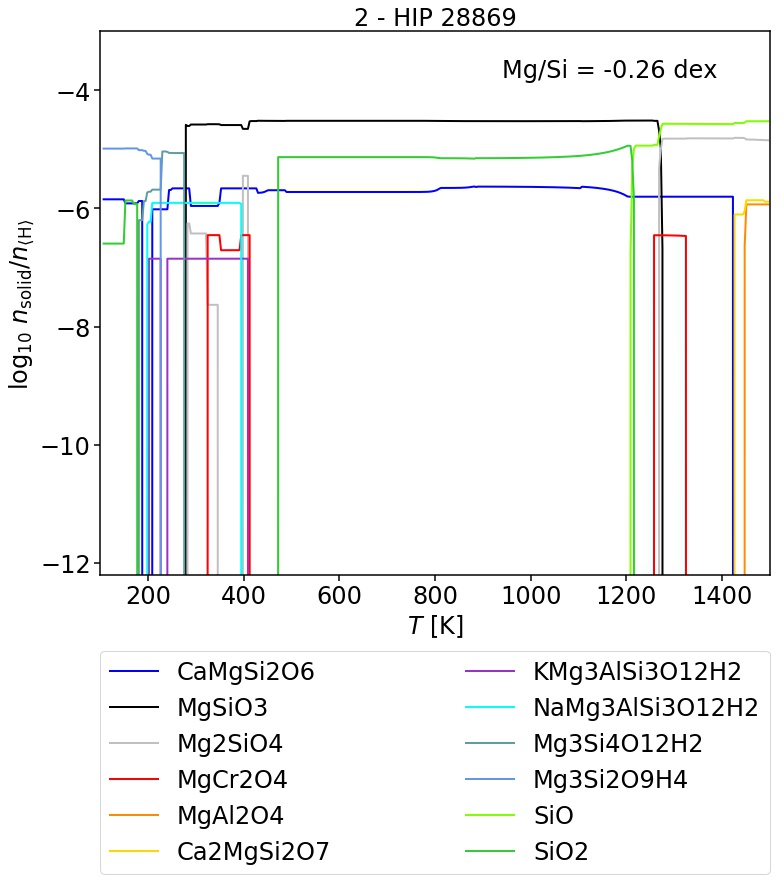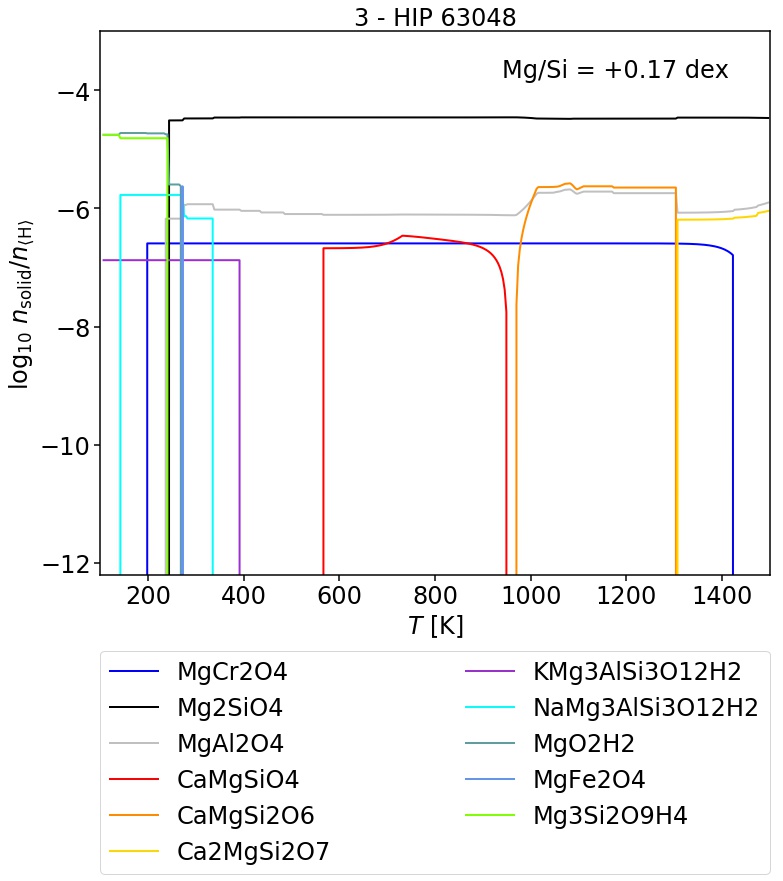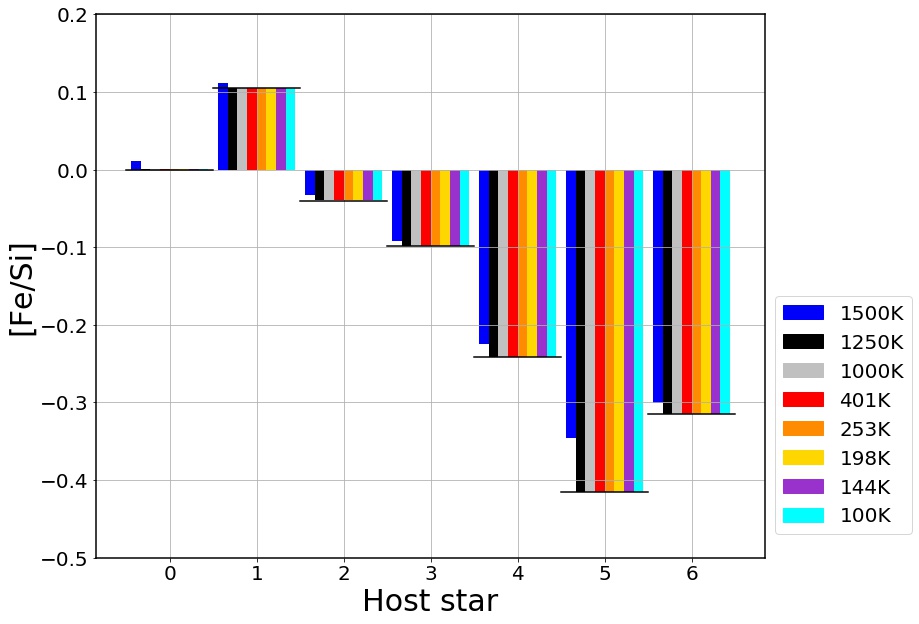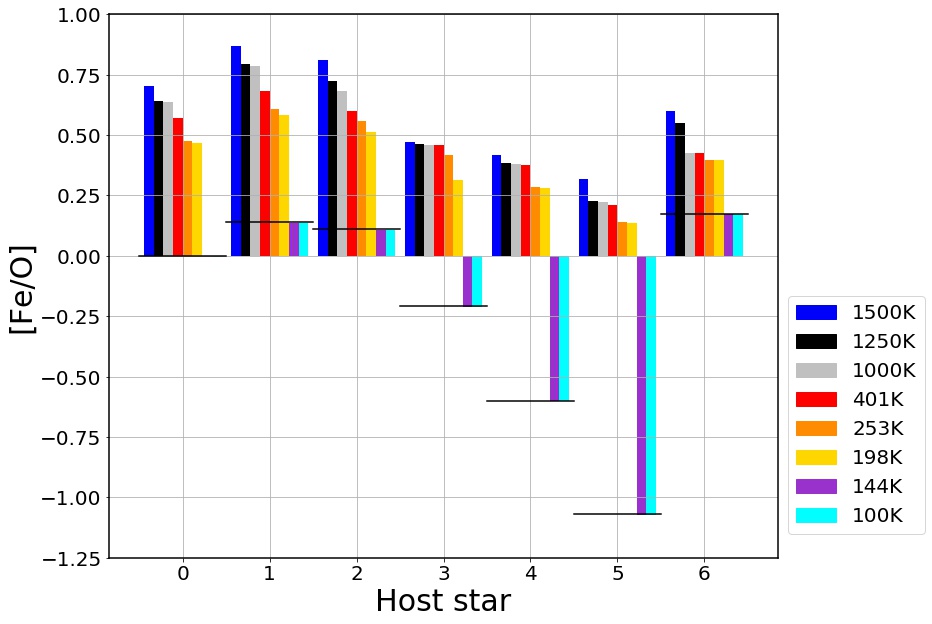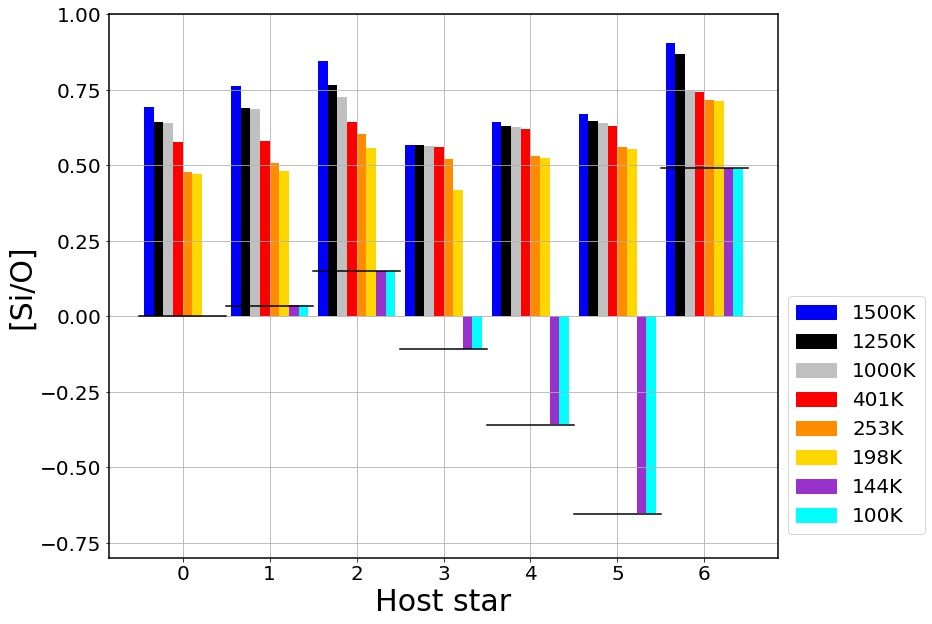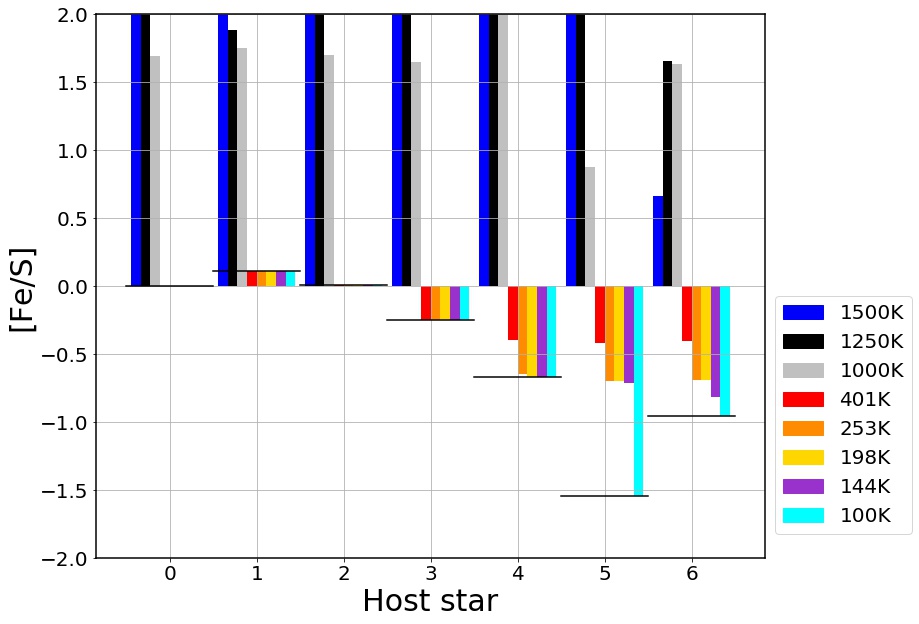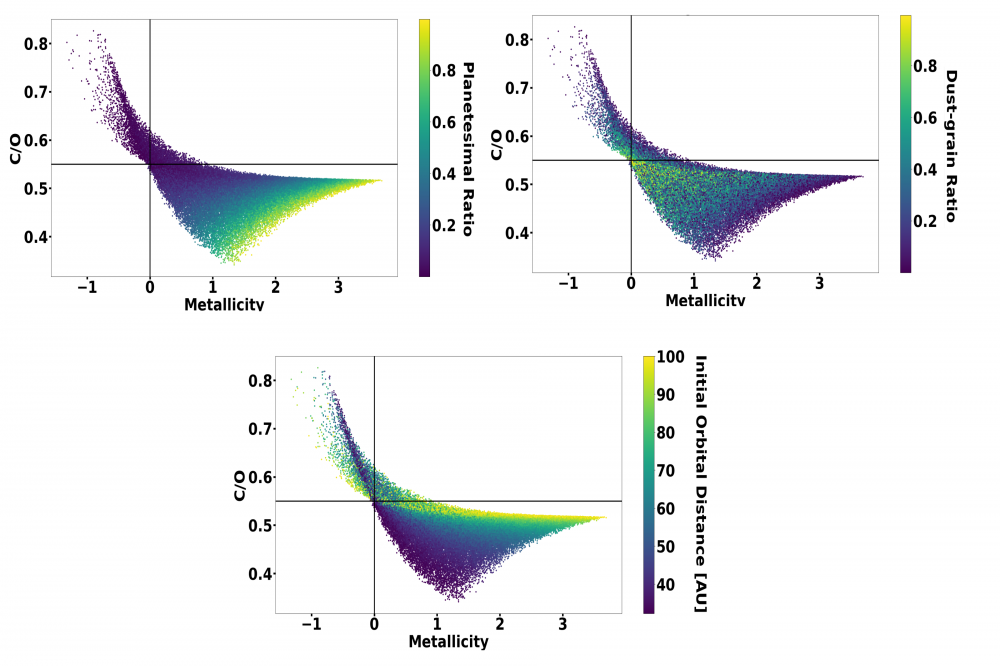The Kepler mission revealed that sub-Neptunes are about as common as stars. Sub-Neptunes have sizes between rocky terrestrial and gassy giant planets; their discovery defied our pre-existing notion of planet demographics. The prevailing view for sub-Neptunes was that they are mostly core by mass and atmosphere by volume [1]. (Although the alternative explanation that sub-Neptunes are waterworlds has not been ruled out [2], it does not explain the radius distribution with orbital period nor the densities of highly irradiated planets, among other problems, and so it is disfavored [3]). However, the current formation models lack material properties data (e.g. solubilities) for their core-atmosphere interface.
However, the temperature and pressure at the magma-atmosphere interface can rise to >3000 K and ~5-30 GPa [4][5], high enough for dissolution of hydrogen gas into the magma [6][7]. Thus, sub-Neptune magma oceans at the core-atmosphere interface are abundant, long-lived [8], and massive [9]. The dissolution of atmosphere into the magma may explain the drop-off in exoplanet abundance at 3 times Earth radius, but the puff-up of the magma due to gas dissolution was not included.
We propose a simple model to calculate sub-Neptune mass-radius relation including the puff-up effect. Key assumptions include: (1) the Fe/core mass fraction is Earth-like, and He/gas mass fraction is Solar-like; (2) photospheric radius is 6 scale heights above the radiative-convective boundary (RCB); (3) ideal mixing between the dissolved gas and magma; (4) the dissolved gas is well mixed over the silicate-layer, within which the temperature gradient is controlled by the properties of magma; (5) nonlinear solubility is constrained by limited laboratory data [9]. The equations-of-state (EoS) used are a Mg2SiO4 for the magma [10]; the H/He EoS [11]; and a simple model for Fe [12]. The model is integrated from the RCB and evolves until magma-atmospheric solubility equilibrium.
We have varied the core mass, atmospheric mass and equilibrium temperature in the atmosphere. Our preliminary results are shown in Figures. The critical point for the puff-up of the core due to the dissolved gas corresponds to ~1% solubility at the magma-atmosphere boundary (Fig. 1). The puff-up effect turns out to be important up to 0.3 Earth radius (Fig. 2), .e.g, much larger than the radius error bars for a single planet in the CKS survey with Gaia DR2 data [13].

Figure 1: The solubility of gas at the magma-atmosphere interface as a function of temperature and pressure, assuming ideal gas mixture. Lines correspond to atmospheric profiles of sub-Neptunes with core masses of 10 Earth masses, situated at 0.1 AU from their host stars.

Figure 2: Mass-radius relation of the core. Subscripts represent conditions at the magma-atmosphere interface. The blue curve is more representative of sub-Neptunes, while the red curve coincides with an air-less rocky planet (black).
In future, we will add additional constrain on gas/core mass fraction [14], forward-model the relationship between mass and photospheric radius (the observables), and generate early predictions for exoplanet masses and radii that can be used to help interpret data such as ESA’s PLAnetary Transits and Oscillations of stars (PLATO) and NASA’s Transiting Exoplanet Survey Satellite (TESS).
[1] Lopez, E. D., & Fortney, J. J. (2014). Understanding the mass-radius relation for sub-Neptunes: Radius as a proxy for composition. The Astrophysical Journal, 792(1), 1.
[2] Mousis, O., Deleuil, M., Aguichine, A., Marcq, E., Naar, J., Aguirre, L. A., ... & Gonçalves, T. (2020). Irradiated ocean planets bridge super-earth and sub-Neptune populations. The Astrophysical journal letters, 896(2), L22.
[3] Bean, J. L., Raymond, S. N., & Owen, J. E. (2021). The nature and origins of sub‐Neptune size planets. Journal of Geophysical Research: Planets, 126(1), e2020JE006639.
[4] Lee, E. J., Chiang, E., & Ormel, C. W. (2014). Make super-Earths, not Jupiters: Accreting nebular gas onto solid cores at 0.1 AU and beyond. The Astrophysical Journal, 797(2), 95.
[5] Piso, A. M. A., Youdin, A. N., & Murray-Clay, R. A. (2015). Minimum core masses for giant planet formation with realistic equations of state and opacities. The Astrophysical Journal, 800(2), 82.
[6] Chachan, Y., & Stevenson, D. J. (2018). On the Role of Dissolved Gases in the Atmosphere Retention of Low-mass Low-density Planets. The Astrophysical Journal, 854(1), 21.
[7] Kite, E. S., Fegley Jr, B., Schaefer, L., & Ford, E. B. (2019). Superabundance of Exoplanet Sub-Neptunes Explained by Fugacity Crisis. The Astrophysical Journal Letters, 887(2), L33.
[8] Vazan, A., Ormel, C. W., & Dominik, C. (2018). Effect of core cooling on the radius of sub-Neptune planets. Astronomy & Astrophysics, 610, L1.
[9] Kite, E. S., Fegley Jr, B., Schaefer, L., & Ford, E. B. (2020). Atmosphere origins for exoplanet sub-Neptunes. The Astrophysical Journal, 891(2), 111.
[10] Hirschmann, M. M., Withers, A. C., Ardia, P., & Foley, N. T. (2012). Solubility of molecular hydrogen in silicate melts and consequences for volatile evolution of terrestrial planets. Earth and Planetary Science Letters, 345, 38-48.
[11] Stewart, S., Davies, E., Duncan, M., Lock, S., Root, S., Townsend, J., ... & Jacobsen, S. (2020, November). The shock physics of giant impacts: Key requirements for the equations of state. In AIP Conference Proceedings (Vol. 2272, No. 1, p. 080003). AIP Publishing LLC.
[12] Chabrier, G., Mazevet, S., & Soubiran, F. (2019). A new equation of state for dense hydrogen–helium mixtures. The Astrophysical Journal, 872(1), 51.
[13] Seager, S., Kuchner, M., Hier-Majumder, C. A., & Militzer, B. (2007). Mass-radius relationships for solid exoplanets. The Astrophysical Journal, 669(2), 1279.
[14] Fulton, B. J., & Petigura, E. A. (2018). The California-Kepler survey. VII. Precise planet radii leveraging Gaia DR2 reveal the stellar mass dependence of the planet radius gap. The Astronomical Journal, 156(6), 264.
[15] Lee, E. J. (2019). The boundary between gas-rich and gas-poor planets. The Astrophysical Journal, 878(1), 36.



